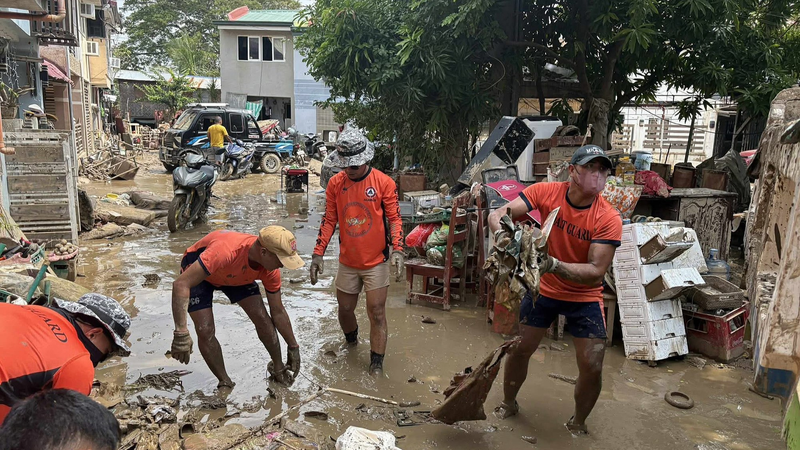Typhoon Kalmaegi made landfall in the Philippines earlier this week, claiming 188 lives and leaving communities in shock. 🇵🇭 Homes were flattened, trees uprooted, and entire neighborhoods flooded as wind speeds soared.
Late Thursday, Kalmaegi slammed into central Vietnam, cutting through villages and killing at least five people. 🇻🇳 Villagers scrambled for safety as torrential rains and hurricane-force winds disrupted power and communications.
Meanwhile, in the rainforest city of Belem, Brazil, delegates from more than 190 countries gathered for the latest climate talks. 🌴🗣️ Experts say the storm’s ferocity is a direct result of rising sea surface temperatures in the western North Pacific and over the South China Sea.
“Kalmaegi will be more powerful and wetter because of these elevated temperatures,” warns Ben Clarke, an extreme weather researcher at London’s Grantham Institute. 🔬🌡️ “These trends are clearly linked to human-caused global warming.”
Last year, the Philippines endured six deadly typhoons in just one month—and four cyclones spun up simultaneously in November. Researchers fear such extreme weather could become more frequent and closely packed.
“Even if total cyclone numbers don’t rise dramatically, their seasonal proximity and impact potential could increase,” adds Drubajyoti Samanta from Singapore’s Nanyang Technological University. “Kalmaegi is a stark reminder of that emerging risk pattern.” ⚠️⛈️
For news enthusiasts, professionals, and curious travelers alike, Kalmaegi underscores the urgent need to understand how our warming planet is reshaping weather—and lives—around the world. 🌍✨
Reference(s):
Typhoon Kalmaegi havoc in SE Asia: Scientists blame rising temperature
cgtn.com




